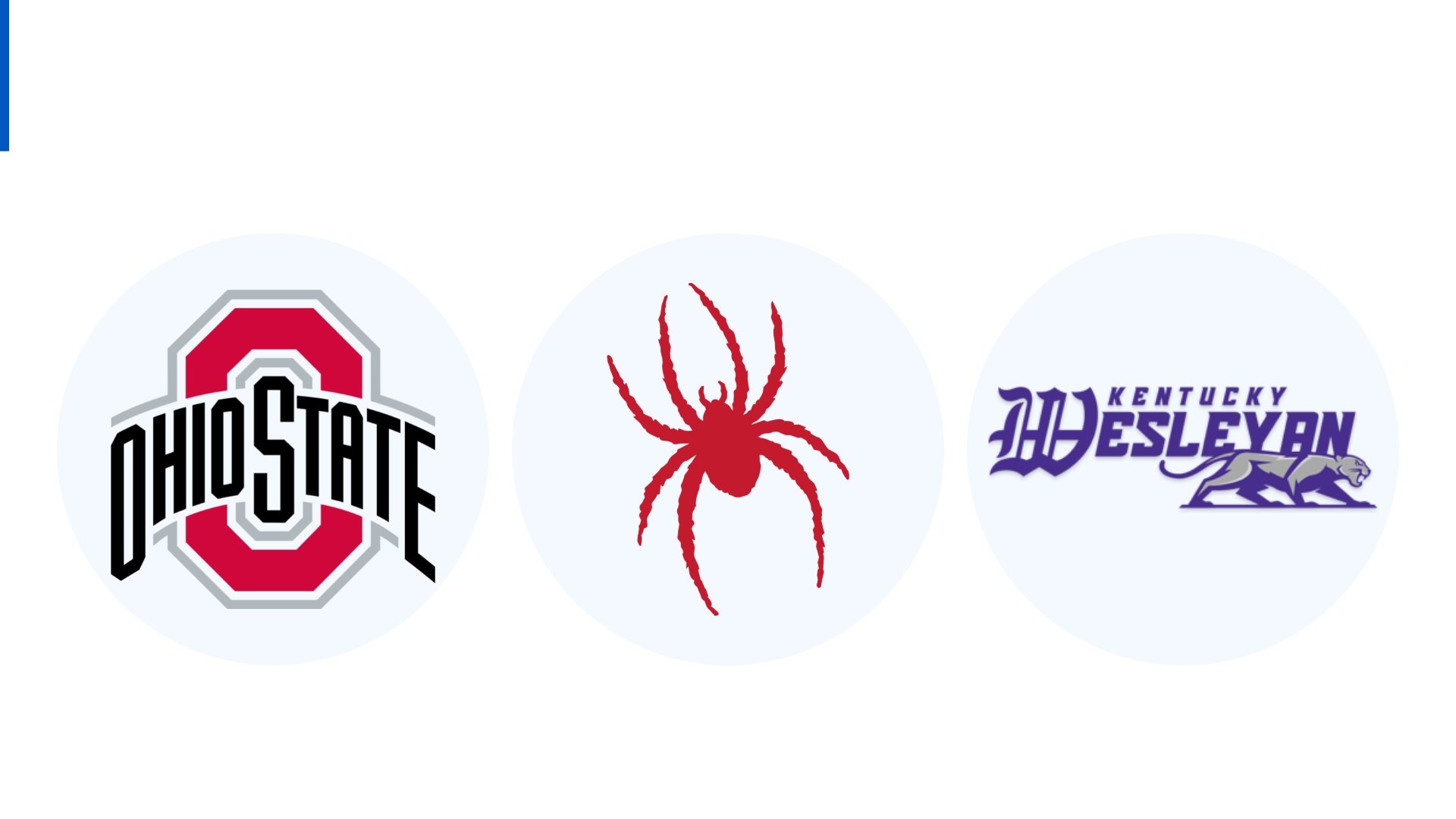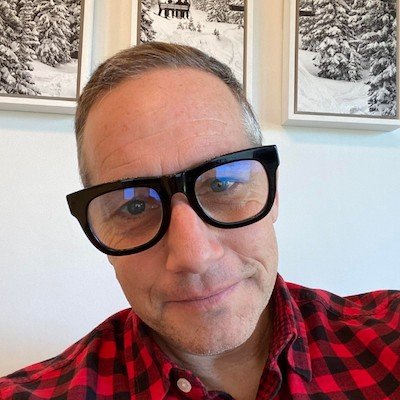Trickle Down of Local Exchanges, the King of NIL, and NIL's Latest Lawsuit
Name, Image, Likeness Insider uses proprietary data and expert insights to explain the latest NIL developments.
WHAT COULD THESE THREE INSTITUTIONS POSSIBLY HAVE IN COMMON?
In the span of a week, three very different institutions - The Ohio State University, the University of Richmond , and Kentucky Wesleyan College - each announced new NIL resources to support their student-athletes. What’s notable is that their new resources are strikingly similar. So what could the athletic departments at one of the most powerful DI programs, a DI mid-major, and a DII school each be putting in place at the exact same time 16 months into NIL?
The answer is a “local exchange” to connect their student-athletes with local entities (businesses, collectives, or individuals.) That’s right, the OSUNIL Local Exchange, Spider NIL Initiative 2.0, and Kentucky Wesleyan’s Icon Suite each focus on generating local business activity for student-athletes. We’ve been saying for some time that while the media mainly focuses on national brand deals with a handful of high profile athletes, the vast majority of NIL is happening locally - a local brand (usually a small business) and a hometown athlete.
Why This Matters: We expect the rollout of local exchanges to pick up steam - particularly downstream at DI mid-majors, DII, NAIA’s and even DIII’s. Why? Because a successful NIL program much to do with the strength of the relationship between a local community and “its” college athletics. While the bond between the state of Ohio and OSU is legendary, cities like Richmond, VA and Owensboro, KY have passionate fans too. And these kind of exchanges allow for local communities to be involved in a way they could not previously.
DOES ANYONE UNDERSTAND NIL BETTER THAN RAYQUAN SMITH?
Norfolk State University (an HBCU) boasts the single most successful athlete in the first year+ of NIL: football and track student-athlete Rayquan Smith. Rayquan is the self-described and undisputed “King of NIL” with 75 deals, including the first HBCU athlete to partner with Eastbay.
I usually don’t use the Name, Image, Likeness Insider to talk about my NIL class at the University of Vermont, but I’m making an exception to the single most important part of my interview with Rayquan when he visited my class a few week ago. At first glance, Rayquan should not be successful with NIL, right? He’s not a guarantee NFL draft pick. He goes to a small college with an enrollment just north of 5,000 students. He is never on TV. Yet, here he sits - 75 deals and counting.
Why It Matters: Rayquan did three things that led to his success. And there is NOTHING stopping any college athlete from doing the same things. First, he did not listen to the narrative about who NIL was “for” or “not for.” He did not see NIL as a special opportunity that only stars that play on CBS every Saturday afternoon need apply for. Second, he saw NIL and the “right of publicity” as entrepreneurial opportunity. And third, he was willing to commit to the work. When I asked him how many times he’d been rejected, he laughed out loud (“probably hundreds.”)
Will Rayquan become wealthy from these NIL deals? Maybe or maybe not. But does it matter? Not really, because no one has learned more about business, career, and hustle than he has. So yes, I think Rayquan Smith understands NIL better than just about anyone.
THE NEXT LEGAL BATTLE OVER NIL - THIS TIME OVER TV - WAS INITIATED THIS WEEK
Attorneys for Arizona State swimmer Grant House, Oregon basketball player Sedona Prince, and Illinois football player Tymir Oliver have filed a class action lawsuit against the NCAA and key conferences. They are challenging NIL guidelines, stating that they and other athletes are entitled to a portion of TV revenue dating back to 2016 (a so-called “reach back” period for antitrust cases.)
The plaintiffs’ lawyers wrote: “The continuing restrictions of the (NCAA’s current NIL rules), including those that prohibit conferences and schools from compensating college athletes for the use of their NILs in broadcasts or otherwise, deprive college athletes of substantial NIL opportunities and compensation.” Damages are being sought for all DI student-athletes, with the largest portion going to football and men’s and women’s basketball athletes.
It’s clear that we are a long, long way from settling the matters related to student-athletes and NIL. It may have begun with the O’Bannon case, but it has not ended with the Alston case.
Bill consults with brands, universities, and sports organizations on Name, Image, and Likeness - and provides on-demand courses for parents, athletes, coaches & administrators. He teaches NIL in College Sports at the University of Vermont’s Grossman School of Business. Bill’s a SportsBusiness Journal Forty Under 40 Award winner and former co-founder of the athlete & event marketing agency Fuse, which he operated for 20+ years before selling in 2019.




